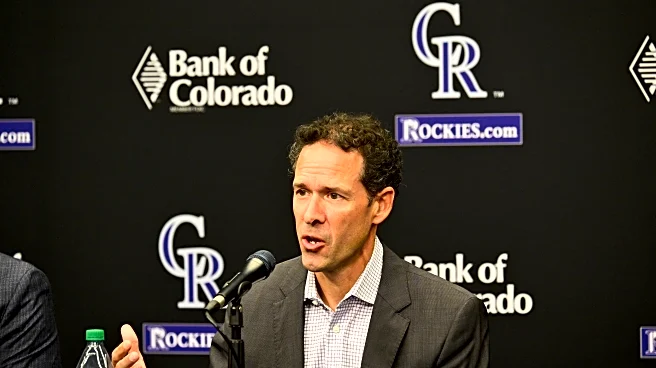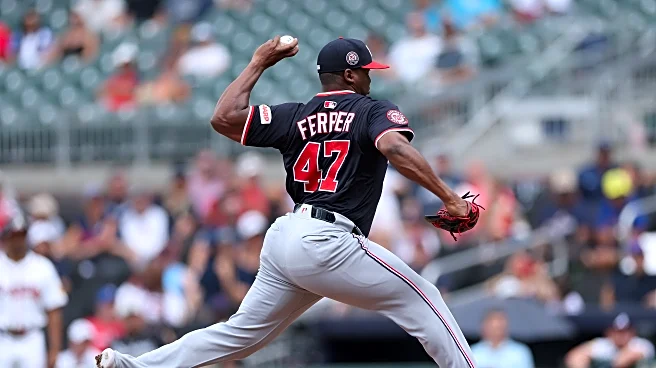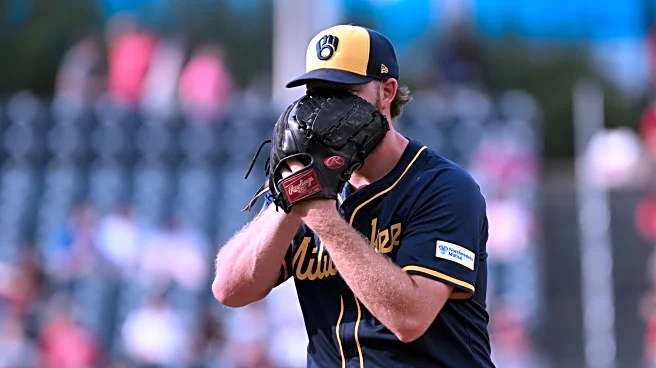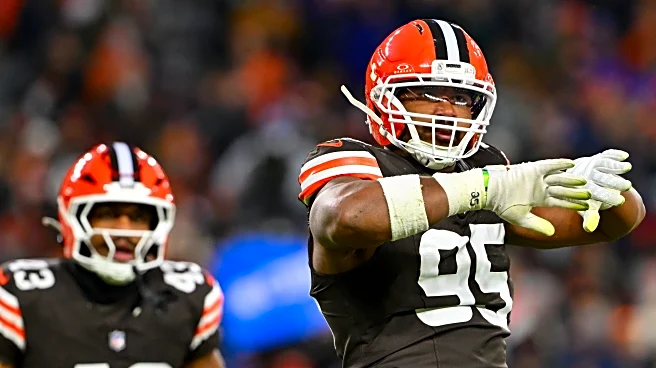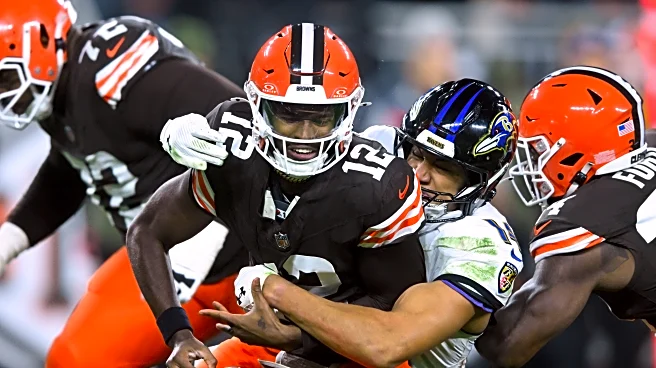Certainly, Paul DePodesta is an extraordinarily busy person right now.
After all, he has been the Colorado Rockies president of baseball operations for less than two weeks. Currently, he is taking a crash course on an organization coming off three consecutive 100-loss seasons, the most recent being historically bad. DePodesta needs to make staffing decisions, and very soon, he will be working on a calendar that is not his own. For example, today, the Rockies will need to set their 40-man roster and determine
which players will be protected for the Rule 5 Draft next month. They will soon tender contracts. Things are moving quickly.
Add to DePodesta’s “To Do List” fixing the poor communication that has become a hallmark of recent Rockies front offices. Remember that pre-trade deadline article in The Athletic from last summer, the one that featured a caricature of Bill Schmidt all by himself on an island? As Andy McCullough wrote then:
Before this summer, several executives lamented, the Rockies declined to engage in the basics of negotiation. When a team expresses interest in a player, it is customary for the seller to respond with what it would take to complete a deal. This can be specific or vague, but it at least furthers discussion. What Colorado would do, these executives said, was request that the inquiring team reveal which players they would give up in return. “They’re just not going to do deals,” another executive said.
However, it’s a new day at 20th and Blake, and it’s clear that among all his other tasks, DePodesta understands that he needs to improve communication at a number of levels: with other MLB franchises, with fans, and within the organization itself.
The last week showed him embarking on an improved communication strategy, and it’s worth taking a moment to parse through that and see what we’ve learned.
Communicating with other organizations
Last week at the general manager meetings in Las Vegas, DePodesta was clear that in addition to re-establishing his baseball relationships, he was also laying the groundwork for future roster building.
As Patrick Saunders reported, the Rockies probably have one area especially suited to trades. “I want to stop short of naming a particular position group,” he said at the GM meetings. “I have one in mind for sure, but I do think there’s some depth there. And now I have to understand what the other 29 teams think, and what players they’re attracted to from our organization. But, again, I think we need to be open-minded about that.”
Let me highlight the key passage: “I have to understand what the other 29 teams think.”
In DePodesta, finally the Rockies have an executive who understands the importance of building relationships as a key to facilitate roster building and improvement. (No desert island caricature for him!)
Moreover, when other executives were asked about the possible effects of DePodesta’s 10-year NFL sabbatical, none doubted his ability to get up to speed quickly. Andy McCullough reported this last week:
DePodesta said his friendships helped him keep tabs on baseball while working as the chief strategy officer for the Cleveland Browns.
“They would hit me up for things that were happening in the NFL and maybe would spur some ideas for what they were doing,” he said. “But I would always try to keep abreast of what was happening in baseball. I mean, certainly not to the extent that I was when I was working full time.”
Will there be a learning curve? Absolutely. But clearly DePodesta already has relationships in place around the league. It’s just a matter of catching up and getting to the job at hand.
Communicating within the organization
DePodesta’s first job has been reassuring those within the organization that cataclysmic change is not imminent. “I had heard all these things … ‘We may be behind … we think we’re behind,’ and then they gave me a list of all the third-party vendors and all the things that they’re already doing,” DePodesta said. “It’s pretty impressive,” Thomas Harding reported.
That kind of language is designed to reassure those in the front office (and the owner’s box) that they Rockies are on the right track. And, frankly, injecting stability into an organization is key for any new executive. Will there by change? Absolutely. But with comments like these, DePodesta is trying to stabilize a system before making adjustments.
Last week, Harding published an article that was astonishing in its description of the communication dysfunction within the organization. The details merit quoting at length.
From various discussions with players and staff — some recent, some over a period of years — a picture has emerged:
- Years of catch-up left the team with a pieced-together computer system. When employees left, some unique language for operating left with them. For at least two years, the Rockies have been correcting the issue by embarking on a painstaking move to a cloud-based system that is more user-friendly.
- Because the previous system was inefficient, the organization’s use of data was best described as ad-hoc. If a coach or an analyst had an idea, it was studied and at times implemented. But cohesion was lacking.
- The organization has always been small in terms of employees. The philosophy became to limit the number of voices. Theoretically, it limits confusion, but it also had a stunting effect on ideas that could be helpful if delivered in a cohesive manner.
Certainly, it’s encouraging to know that the Rockies may be in better shape than many expected. Improving communication and data usage is much more doable that starting over. (How the Rockies unraveled in this way is a discussion for another day.)
Similarly, DePodesta needs to communicate with players what they can expect, and his emissary on that front will be the field manager, a position yet to be filled but will probably be the next publicly announced hire.
According to Patrick Saunders, DePodesta is looking for a manager who’s “able to relate to the players.” Again, he’s foregrounding communication. Certainly, Warren Shaeffer showed his communication skills in the 2025 season. Whether DePodesta will want to continue in that direction or take a new one remains to be seen.
Communication with fans
One great thing about listening to DePodesta has been his fan-centered communication — he is always aware that serious Rockies fans are watching. His first remarks to media in Las Vegas were about winning, the primary focus of fans. (It’s certainly more artful than Walker Monfort’s comment on Thursday that involved hoping these moves would “help restore pride in our brand.”)
Don’t forget: It’s that time of year when the Rockies begin calling season ticket holders about renewing their ticket packages for the coming season. DePodesta surely knows that a big part of his job right now is driving fan enthusiasm that has waned with all the losing.
Rumors have it that DePodesta will appear on Altitude Radio this week, which would be unprecedented in recent Rockies history and suggest that the new PBO is serious about talking to fans. Denver media who were in Las Vegas to cover the GM meetings noted that DePodesta was available and provided thoughtful answers to any question asked of him. It marks a noted change from their recent experiences with Rockies front office personnel.
After all, the beat writers serve as the primary communication medium between fans and the Rockies front office.
What DePodesta will do about the 40-man roster, we’ll know soon enough, but it will also be worth watching the ways in which he continues to communicate happenings within the Rockies organization.
This week on the internet
Obviously, we’re biased, but this is our favorite photo so far:
Finally, we have photos that are not during DePodesta’s tenure with the Cleveland Browns.
Here are the toughest Rule 5 decisions for each organization | MLB.com
I guessed the Rockies’ decision. (It’s a pretty obvious choice, TBH.)
I’ll just cut to the key passage from Jim Bowden: “The other team that could be a sleeper on Murakami is the Rockies, led by new president of baseball operations Paul DePodesta, because his power would be especially impactful at that altitude, given the light air and the lack of movement on breaking balls at Coors Field, which could help minimize his swing-and-miss issues.“ Look, the Rockies don’t even have a field manager yet. Let’s not get ahead of ourselves here.
Please keep in mind our Purple Row Community Guidelines when you’re commenting. Thanks!


